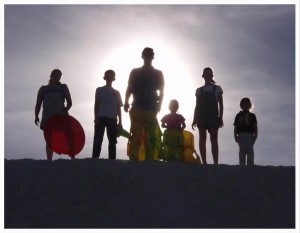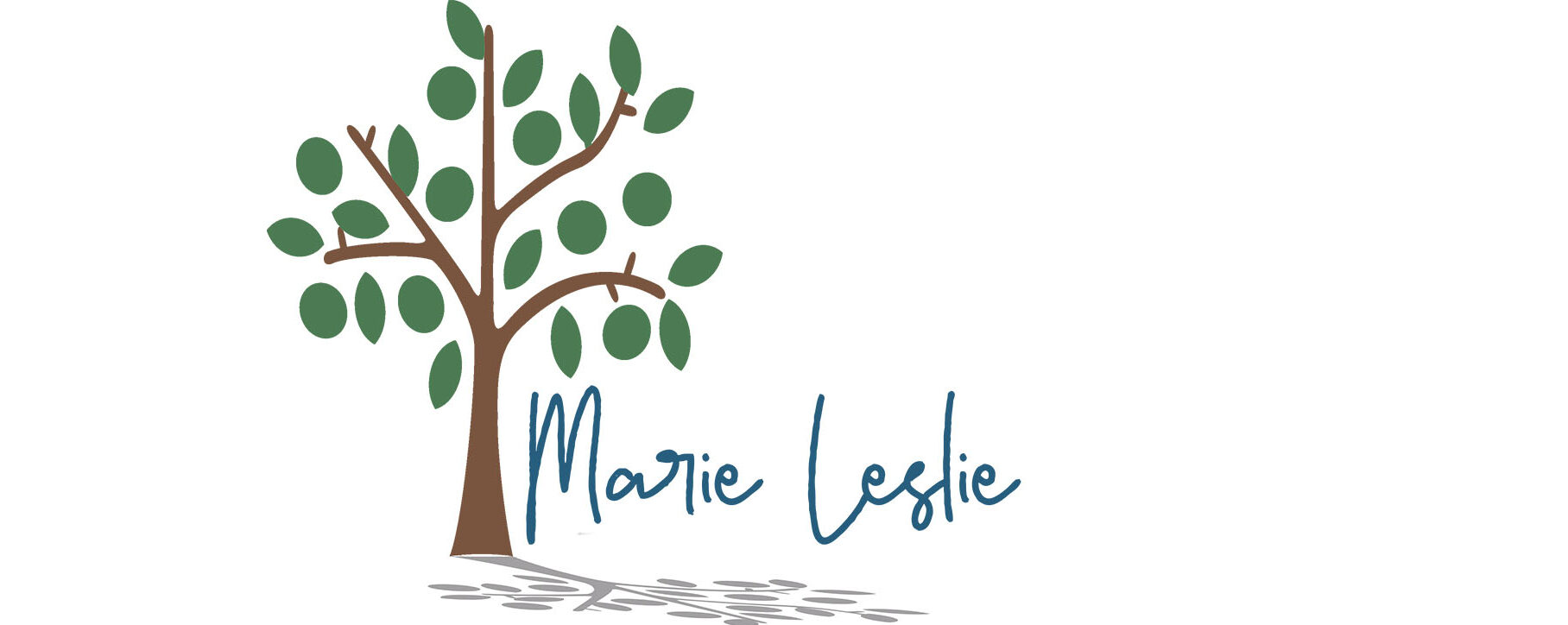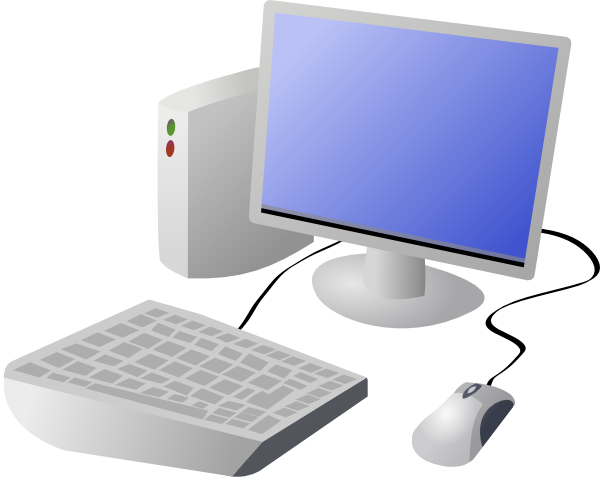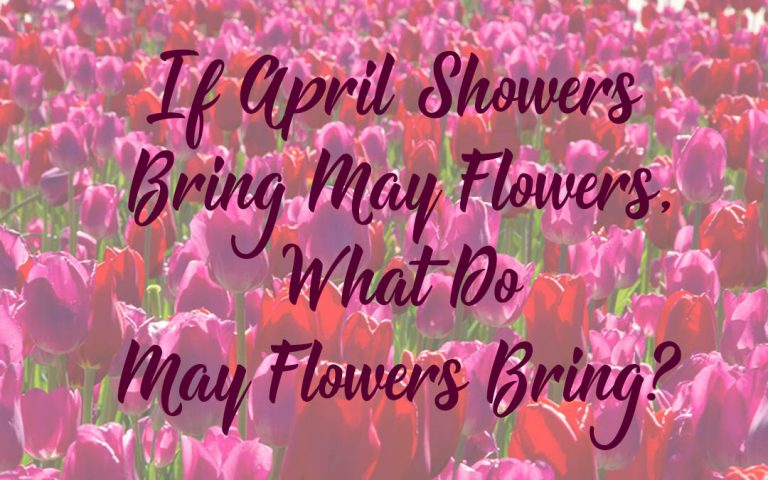6 Important Things I’ve Learned About Digital Photography–Part I
 Now that I’ve been digital for nearly a decade, I thought it might be time to share a few important things I’ve learned about the world of digital photography. Ready?
Now that I’ve been digital for nearly a decade, I thought it might be time to share a few important things I’ve learned about the world of digital photography. Ready?
If you really love a photograph, make a print
Digital technology isn’t a sure bet. It’s likely to still be around 100 years from now, but in what format is anyone’s guess. The very best way to preserve a photograph is to make a good quality print of it. While you can make prints off your inkjet printer–and if you do so, I recommend archival ink (not cheap inkjet refills) and quality photo paper, I am still personally a fan of sending it off to the photo lab. There are all kinds of quality online photo labs these days and the cost of a print is cheaper now than it was when I worked in a photo lab 30 years ago. Not adjusted for inflation, it’s just cheaper. Besides, I still think it’s more fun to pull out a photo album (and I am complete scrapbooking dork–I have them, but they’ll never win any prizes for coolness) than it is to gather ’round the computer screen. So, what’s your excuse?
Always back up your pictures

It’s not a matter of IF your hard drive will fail, it’s when. I have been completely digital with my photography for about 10 years now. In that time, I’ve averaged one hard drive failure per year. I’ve never lost any photos, though. I did lose my cookbook once. That was annoying, but it was replaceable. Photos aren’t. I back up everything. I’m pretty neurotic about it. I back up to CD and DVD and to another hard drive. I am considering an online back-up service. I’ve heard good things about them, but I just haven’t made it a priority yet to make a decision. I have a system and it’s saved my backside more than once. When I finish a photo shoot and download the card to the computer (by the way, I use a card reader because a camera’s best use is NOT as a card reader), I immediately back up the session to either CD or DVD, depending on how many photos I’ve taken. After I’ve sorted and edited and gotten rid of the bummers and retouched the good ones, I burn the finished product to a disk. They’re all labeled and filed in nifty storage boxes in the basement.
Photoshop’s Function is not to Make Bad Pictures into Good Ones.
People who say you can just “fix it in photoshop” probably haven’t ever used it.
Just because you can doesn’t mean you should.
More isn’t necessarily better.
Do those all sound like cliches? I suppose they are but it doesn’t necessarily make them true. The job of Photoshop is to enhance already good photographs or to express your creativity. You can even use it to retouch–soften wrinkles and remove blemishes, scarring, etc. Making people look like living Barbie dolls, however, is NOT a good use of Photoshop. In fact, besides looking bizarre, it’s kind of creepy. Photoshop can be used to make minor adjustments in exposure, balance the color, enhance the color a little to give it some “pop”. There are also some really cool actions out there for creative effects (that’s another post–if you’re interested in learning about cool actions, leave me a comment and I’ll start writing). Please resist the temptation to use all of them on the same photograph.

By the way, unless you are a professional photographer or a serious digital designer, Photoshop Elements will probably do nearly everything you could ever want to do to a photograph for a LOT less money than Photoshop.
____________________________________________________________________
There are the first three. Check back tomorrow and I’ll give you the other three. I was going to put them all in one post, but I write too much, so now it’s two.
What have you learned?






